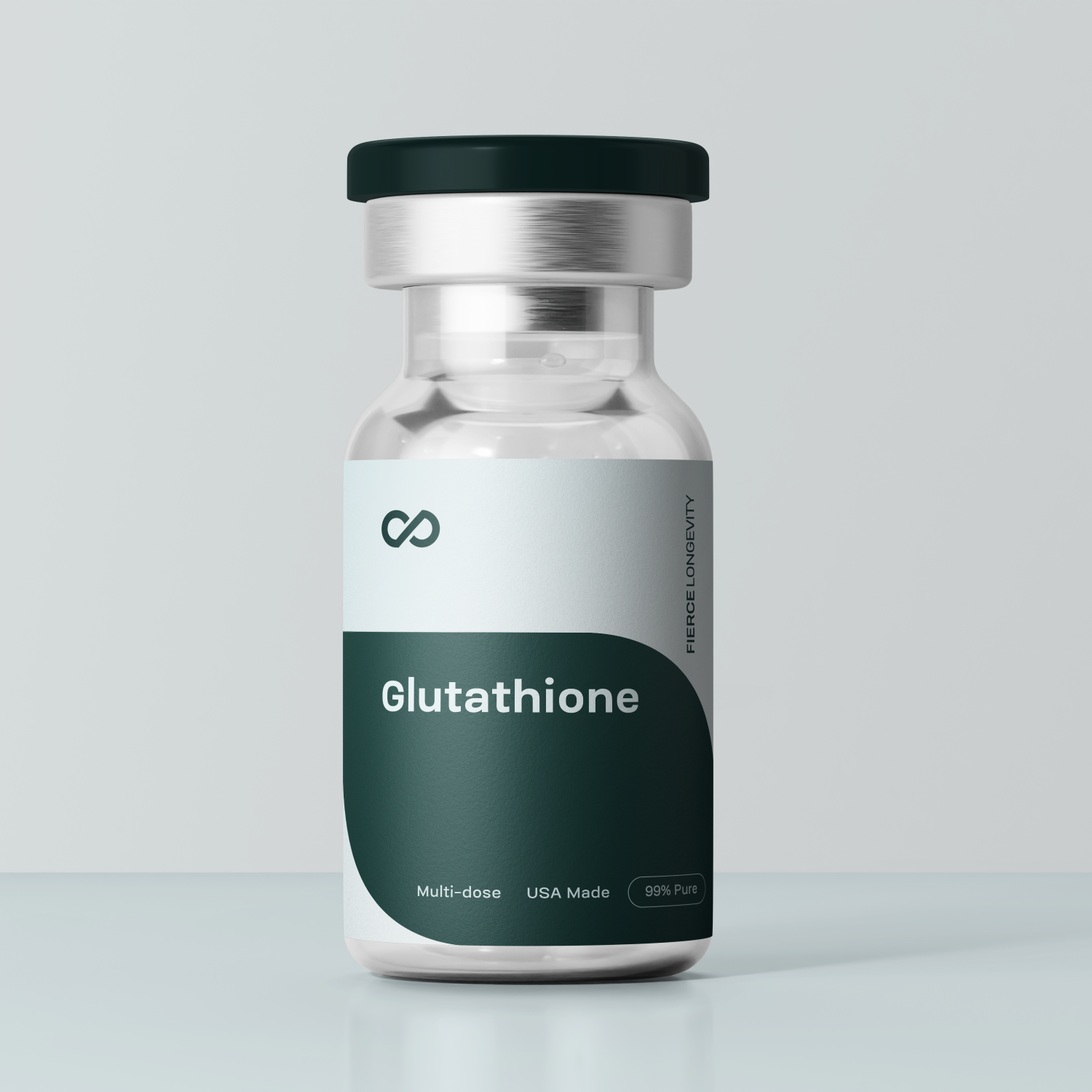
Glutathione
Glutathione is a naturally occurring tripeptide composed of glutamine, cysteine, and glycine. It is a major intracellular antioxidant, playing a central role in detoxification, redox balance, and cellular protection. As we age or face oxidative stress, glutathione levels tend to decline, potentially leading to increased damage from free radicals, less efficient detox pathways, and weaker immune resilience.
What's Included
- 20 Insulin Syringes (31G, 5/16”, 1cc)
- 1 Reconstitution Syringe
- 20 Alcohol Prep Swabs
- 1 Vial of Bacteriostatic Water (10 mL)
⚠️ Important Disclaimer
For Research Use Only. Not for human consumption or therapeutic treatment.

Glutathione
If you have any questions, you are always welcome to contact us. We'll get back to you as soon as possible, within 24 hours on weekdays.
-
Shipping Information
Use this text to answer questions in as much detail as possible for your customers.
-
Customer Support
Use this text to answer questions in as much detail as possible for your customers.
-
FAQ’s
Use this text to answer questions in as much detail as possible for your customers.
-
Contact Us
Use this text to answer questions in as much detail as possible for your customers.
Key Highlights
Detoxification Support
Glutathione conjugates reactive intermediates (Phase II detox) to enhance elimination of toxins and heavy metals.
Potent Antioxidant Defense
Neutralizes free radicals and reactive oxygen/nitrogen species, thereby protecting cellular components from oxidative damage.
Skin Brightening / Anti-Pigmentation
It has been explored as a skin-lightening agent in dermatological contexts due to its influence on melanin pathways, though evidence is mixed.
Cellular Energy & Mitochondrial Health
By preserving mitochondrial integrity and reducing oxidative stress, glutathione may support better cellular energy production.
Immune System Support
Glutathione helps maintain healthy immune cell function and balance oxidative stress in immune tissues.
Age-Related Maintenance
Because GSH levels decline with age, maintaining or restoring glutathione is a target in many aging and longevity studies.
Included in the Box
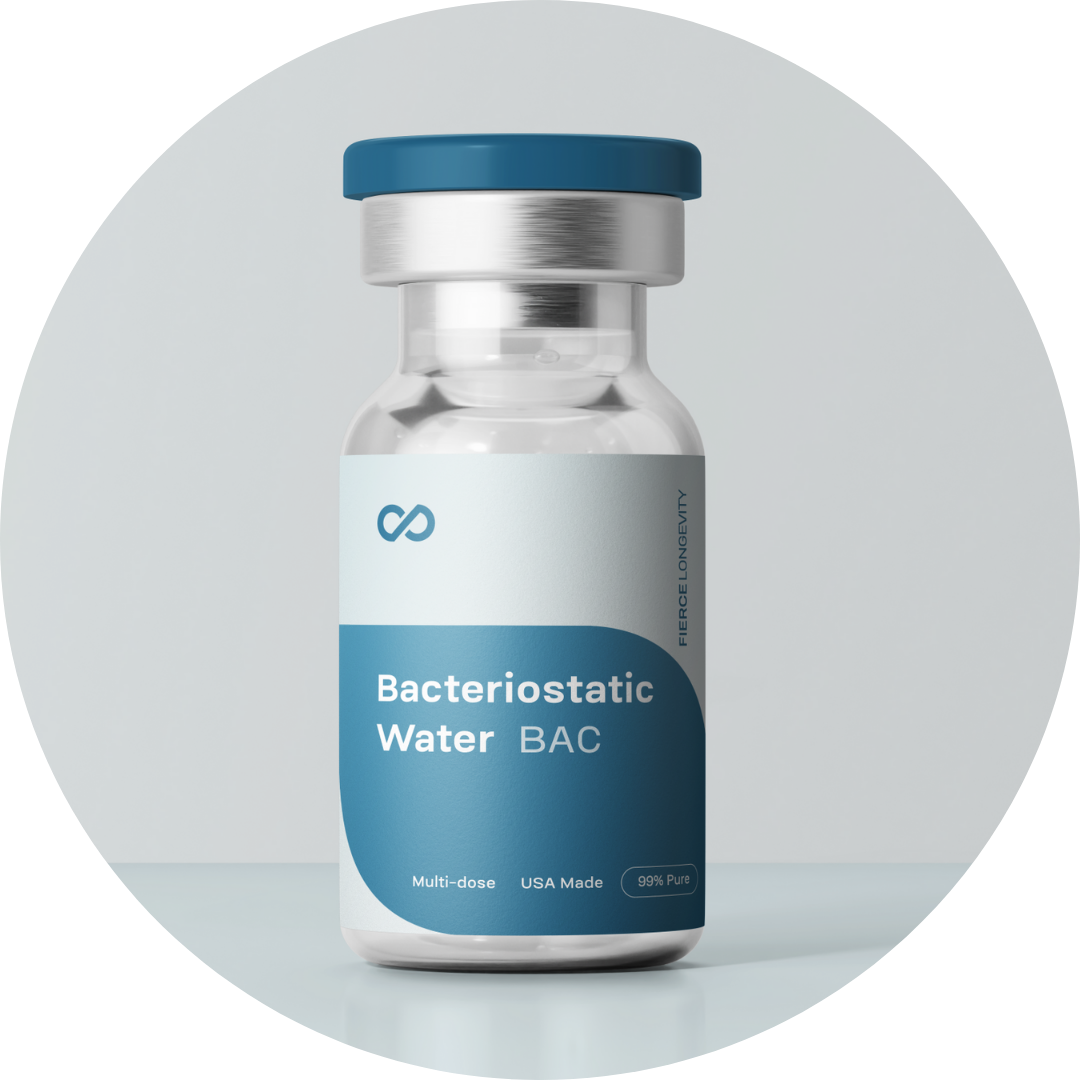
1 Vial of Bacteriostatic Water (10 mL)
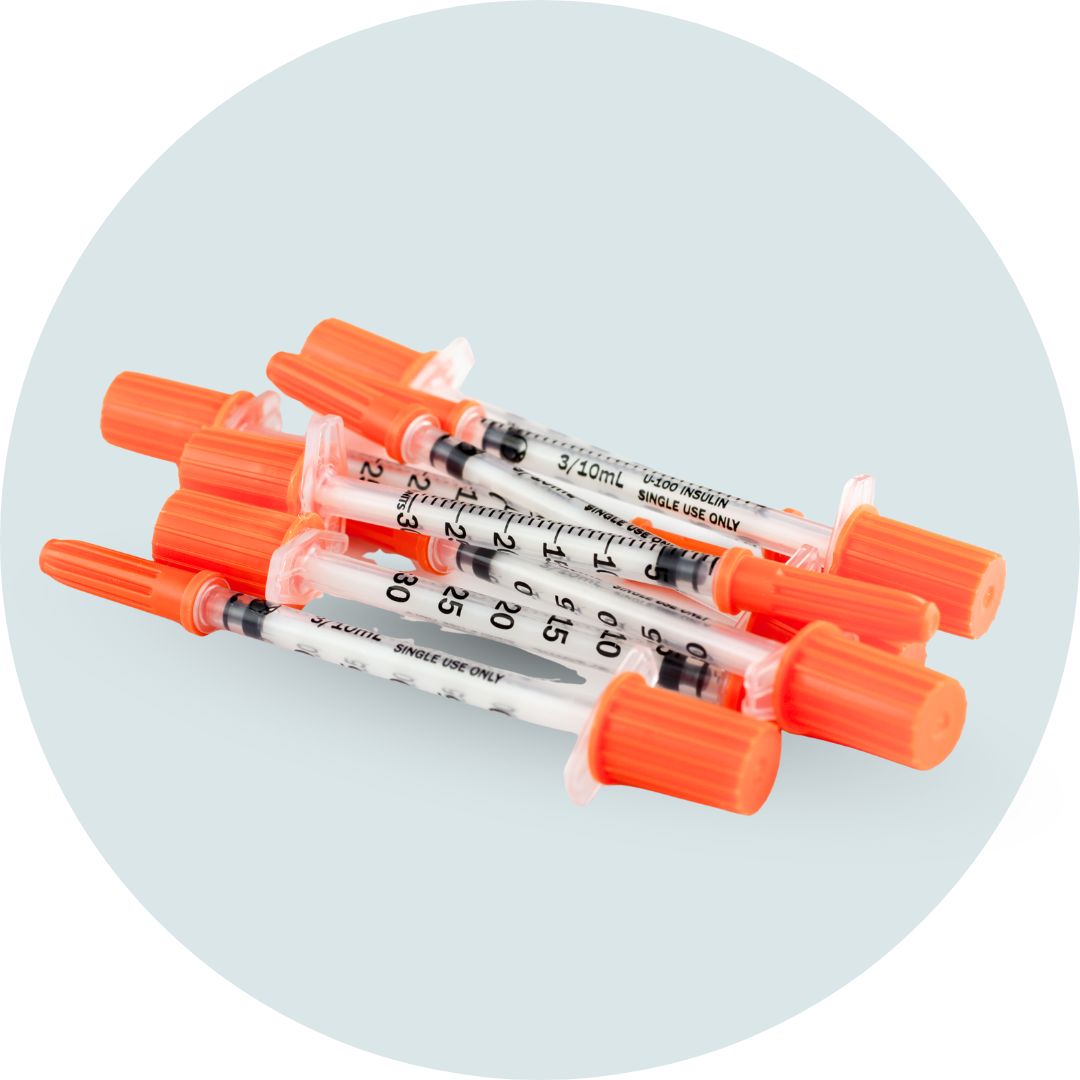
20 Insulin Syringes (31G, 5/16”, 1cc)
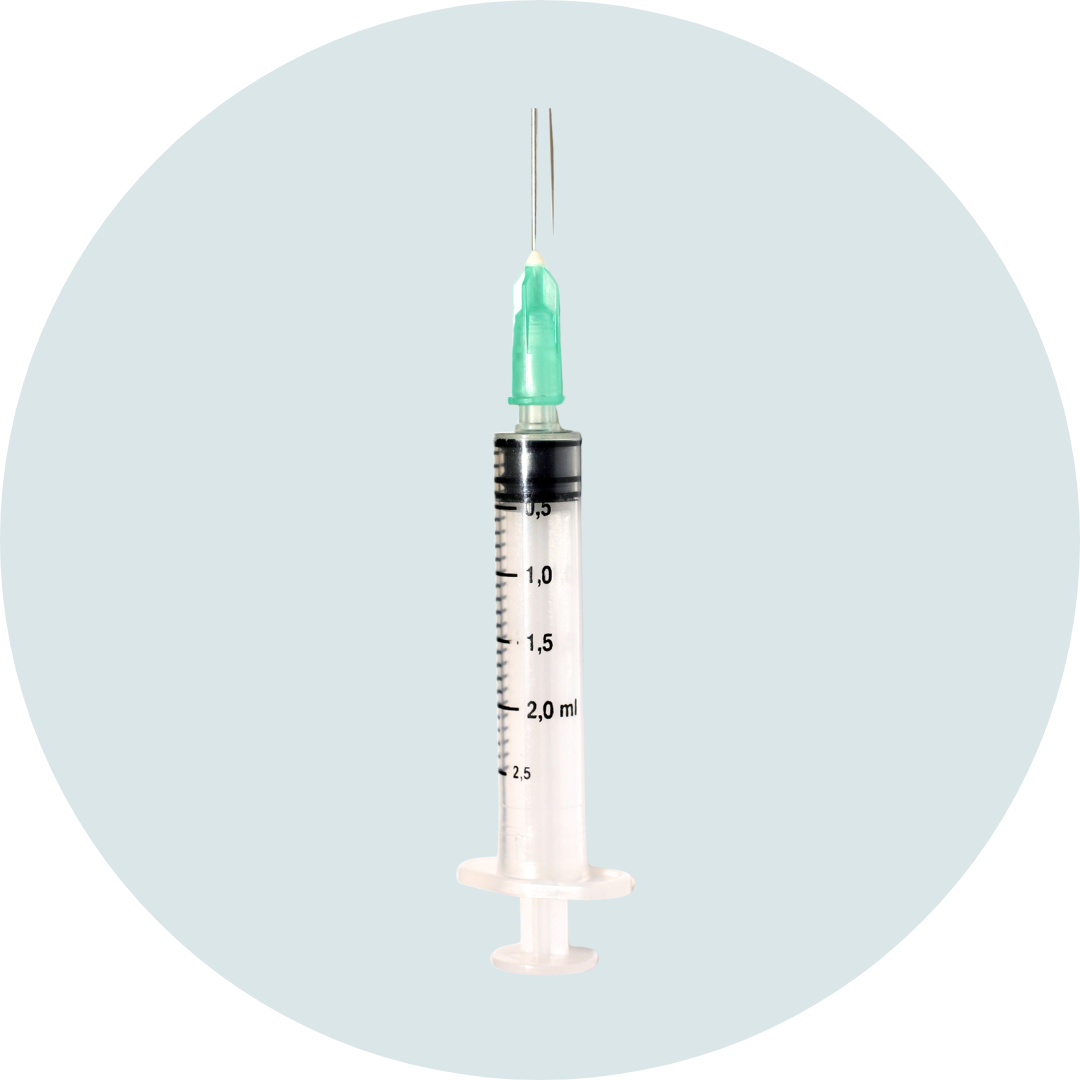
20 Insulin Syringes (31G, 5/16”, 1cc)
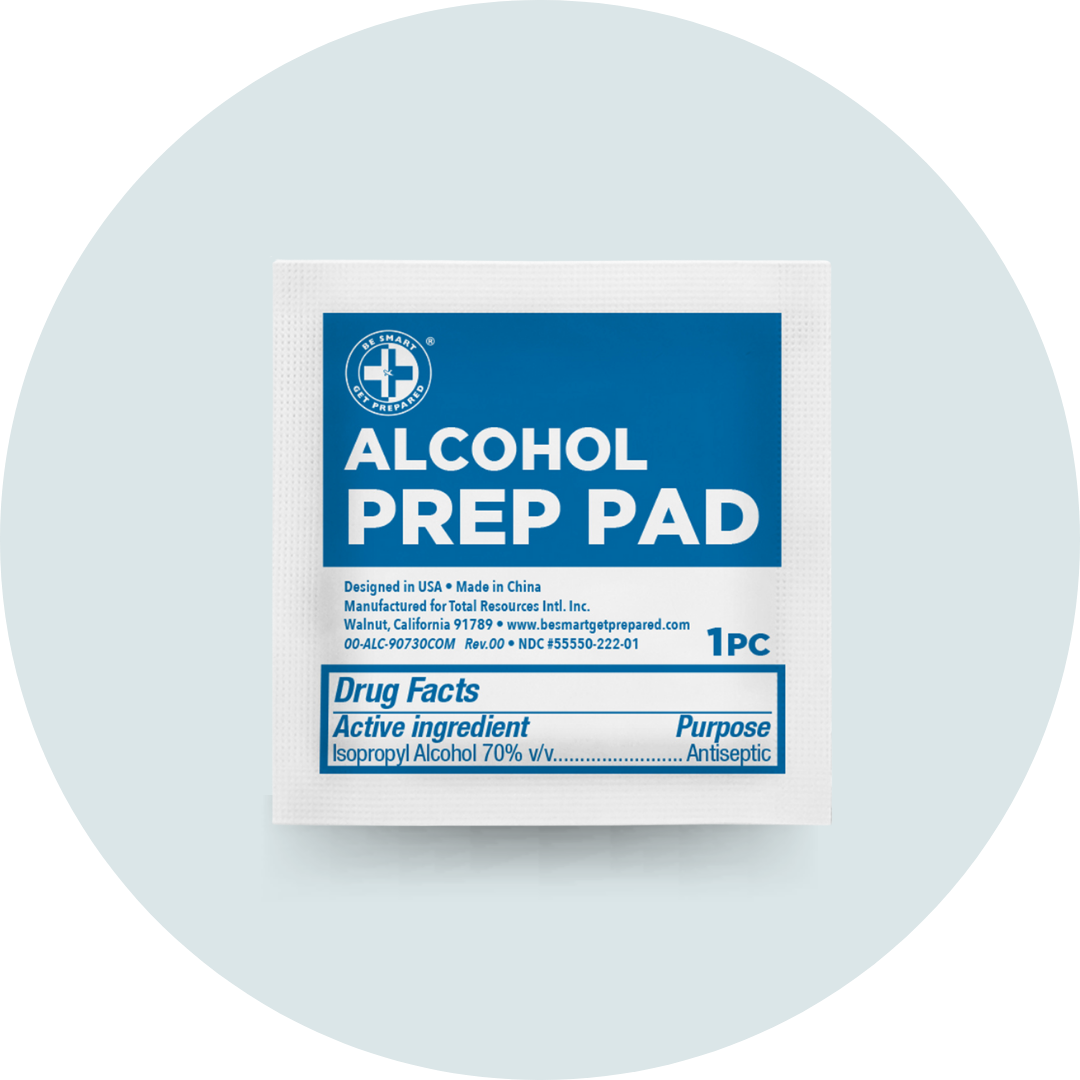
20 Alcohol Prep Swabs
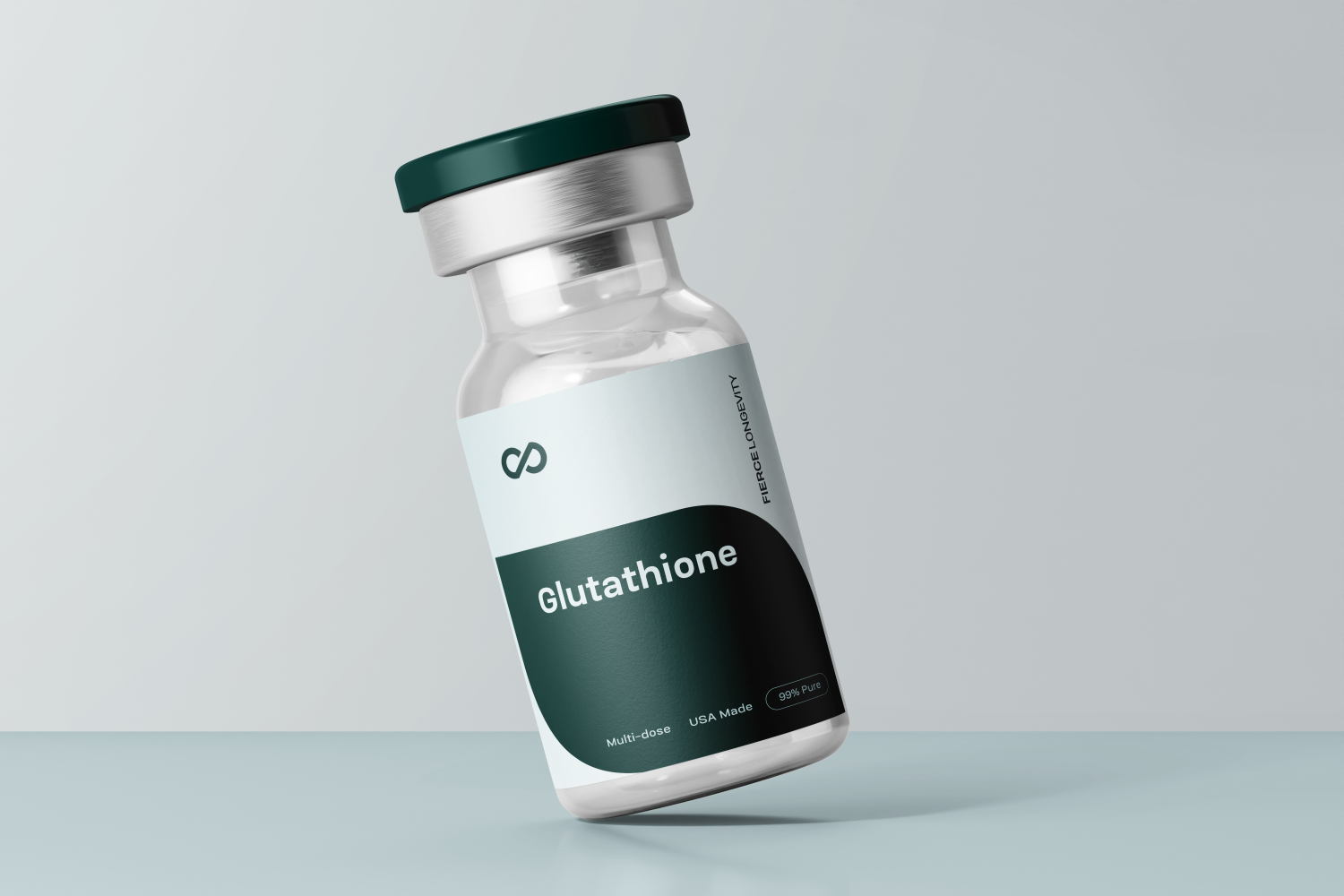
What Is Glutathione?
Glutathione (often abbreviated GSH) is a small molecule produced within cells that functions as a key antioxidant and detoxification cofactor. It exists in a reduced form (GSH) and an oxidized form (GSSG). A healthy cell maintains a high GSH:GSSG ratio, which indicates robust redox buffering capacity.
Because glutathione participates in many biochemical pathways (neutralizing free radicals, regenerating other antioxidants like vitamins C and E, and binding toxins for excretion), its role is often called “master antioxidant.”
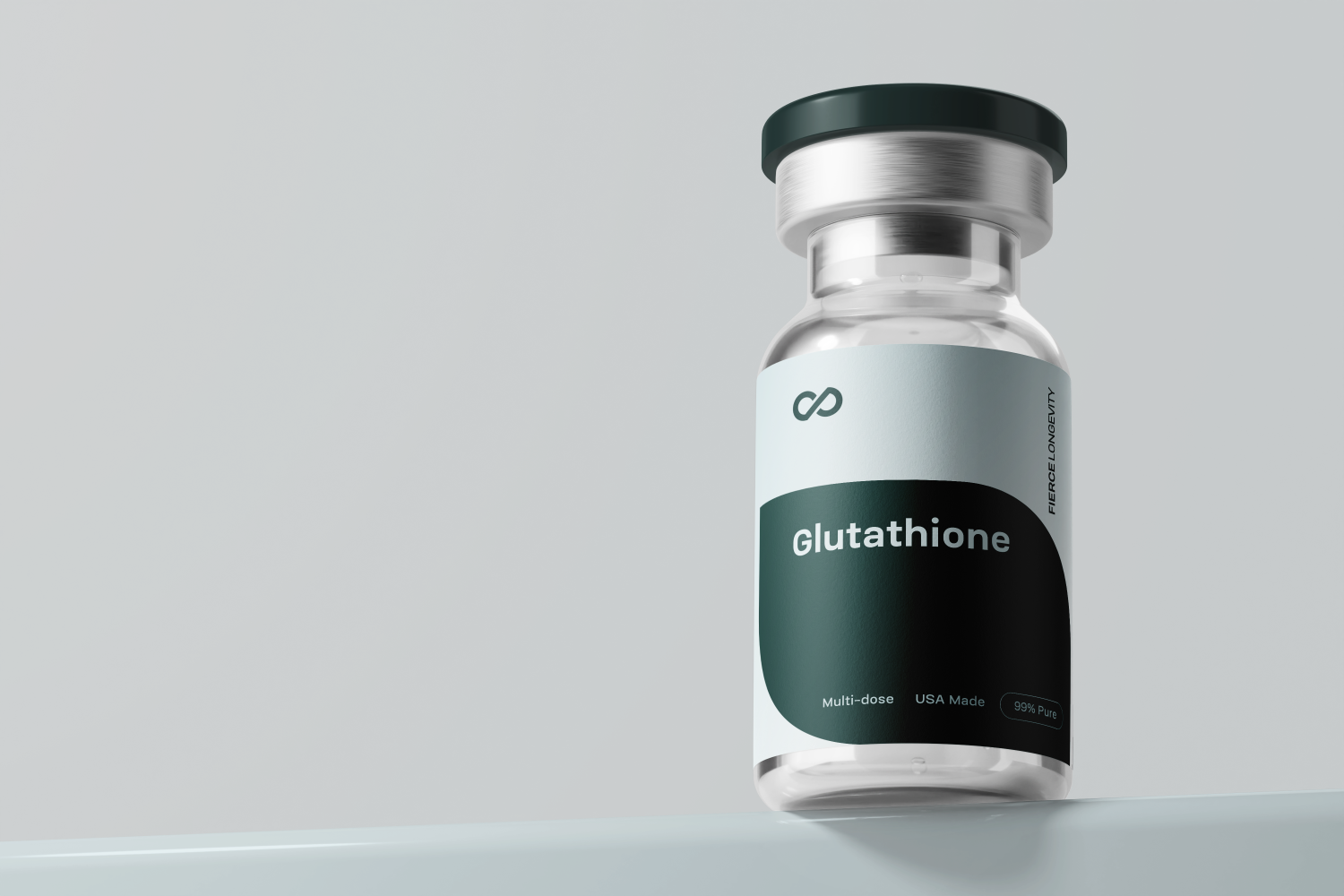
Why Choose Glutathione?
Researchers choose glutathione for its central position in redox biology, detox systems, and antioxidant networks. As a biochemical keystone, it connects multiple metabolic and protective pathways, making it ideal for mechanistic studies in oxidative stress, toxin exposure, neurodegeneration, skin aging, and mitochondrial dysfunction.
Furthermore, glutathione is well-characterized, with established assays, known kinetics, and broad relevance across tissue types. This makes it a reliable standard in experimental protocols.
However, it is important to remember that oral bioavailability is controversial; many studies show limited increase in systemic glutathione when taken orally.
Glutathione FAQs
Is oral glutathione effective?
The evidence is mixed. Some human trials show minimal rise in plasma GSH after oral dosing; others suggest moderate increases at higher doses.
What are the main mechanisms of glutathione action?
It acts by donating electrons to neutralize radicals, regenerating oxidized antioxidants (e.g. vitamin C), and forming conjugates with toxins for removal. It also helps maintain the GSH/GSSG redox balance.
How is it synthesized and recycled in the body?
Glutathione is made in a two-step enzymatic process (first combining glutamate + cysteine, then adding glycine). When oxidized (GSSG), it is recycled back via glutathione reductase using NADPH.
What are known risks or side effects?
In supplement / clinical contexts, mild side effects like gastrointestinal discomfort, bloating, or allergic reactions have been reported. Long-term safety in high doses is less studied.
Can glutathione lighten skin?
Some small dermatology trials (e.g. topical forms) have shown reductions in melanin index, but results are preliminary and effects may be temporary.
How should glutathione be handled in research protocols?
Use high-purity, lab-grade glutathione. Protect from oxidation (light, heat), handle under inert or cold conditions, and validate its reduced vs oxidized state in experiments.






